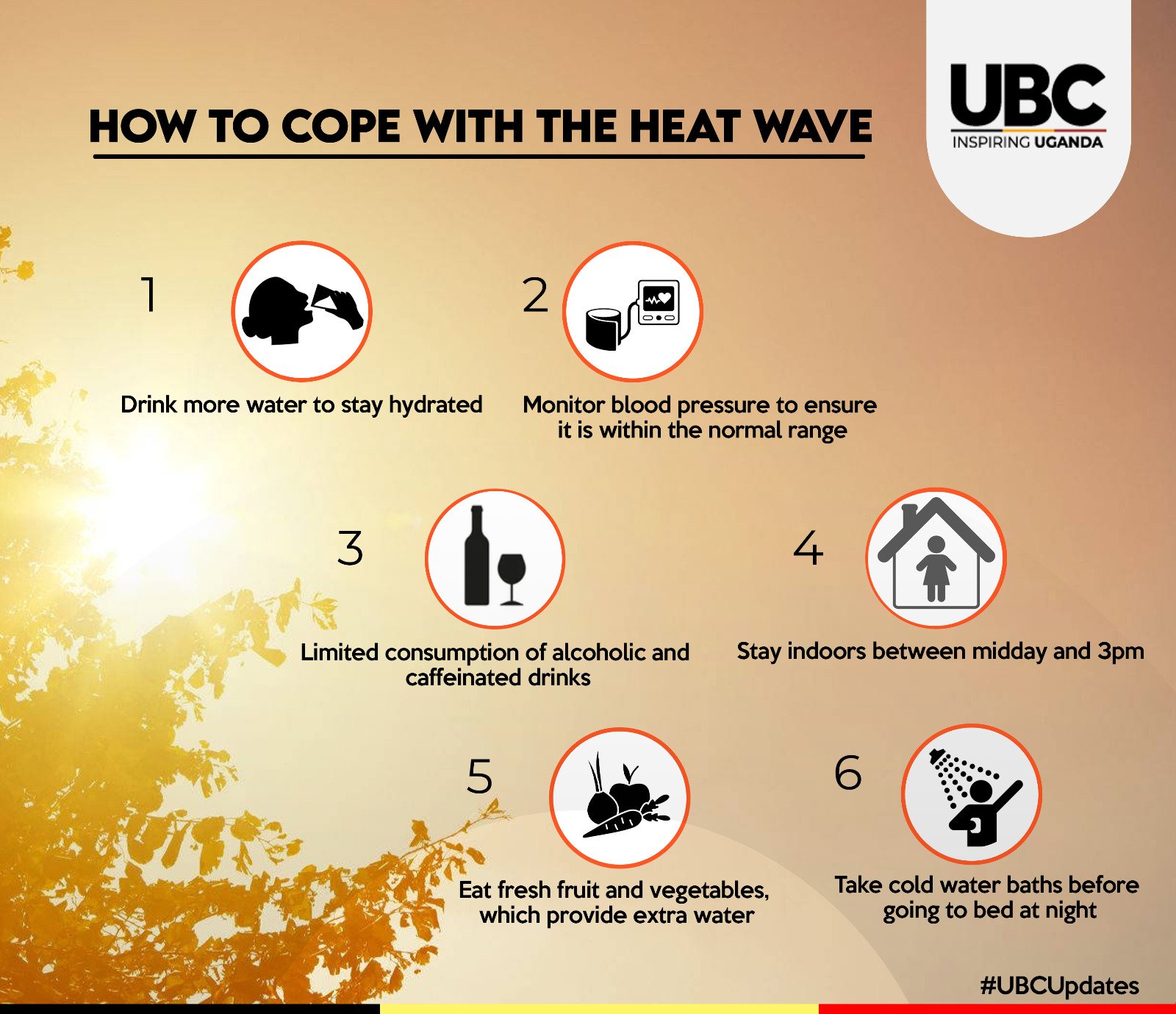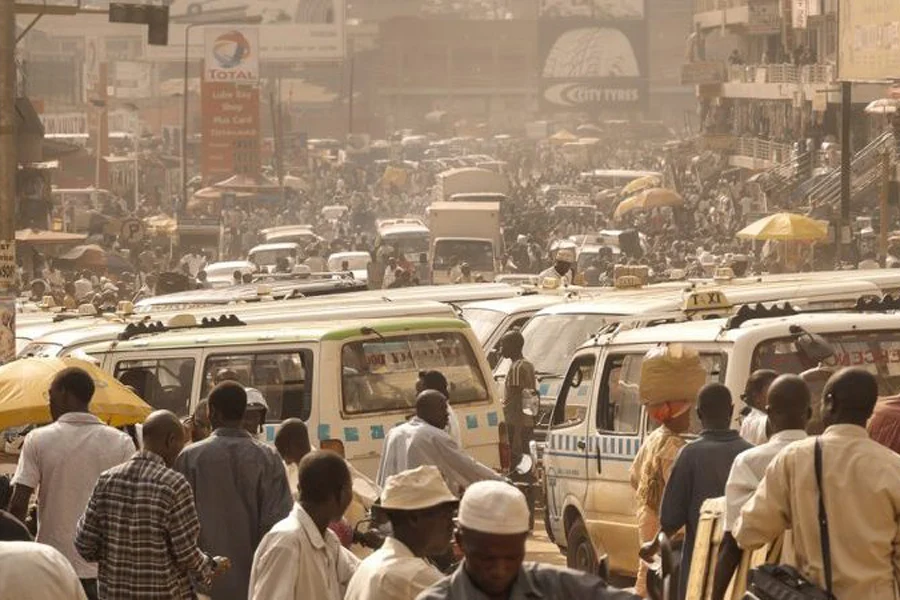Why is Kampala So Hot? Understanding the Heatwave and Climate Change in Uganda
If you’ve been sweating more than usual these days, you’re not alone. Across Kampala and many parts of Uganda, people are complaining about the unbearable heat. Social media is filled with posts about sleepless nights, increased electricity bills due to overworked fans, and the relentless midday sun. But what exactly is going on? Why does it feel hotter than usual? The answer lies in climate change and its impact is becoming harder to ignore.
Banae where did they build the fountain in town? This heat is too much
— Maama Kampala (@MaamaKampala21) February 11, 2025
Somebody needs to address this heat situation in Kampala… because wtf is actually going on???? pic.twitter.com/sqpgQmIlK6
— Anitah Trinasha 🌻 (@anitah_trinasha) February 21, 2025
Fellow Ugandans, especially the Bazzukulu.
— Yoweri K Museveni (@KagutaMuseveni) February 21, 2025
Greetings. How is the heat (empiita) of the akaanda (the dry season of January to half of March around the Equator) in the Kampala area?
Encroaching on the wetlands must stop. Otherwise, the Ugandans will kwejusa (to regret,…
What’s Causing the Extreme Heat?
Uganda is no stranger to warm weather, but the recent temperatures are unusually high. Scientists attribute this to global warming and climate variance.
- Rising Global Temperatures – The Earth’s temperature has been steadily increasing due to greenhouse gas emissions, which trap heat in the atmosphere. Uganda, like much of Africa, is experiencing the effects more intensely, even though the continent contributes the least to global emissions.
- Deforestation and Urbanization – Kampala was once surrounded by forests and wetlands that acted as natural coolants. However, rapid deforestation, encroachment on wetlands, and the expansion of concrete buildings have made the city a heat trap.
- El Niño Effect – This climate phenomenon, which affects global weather patterns, is partly responsible for increased temperatures in Uganda this year. It disrupts normal rainfall patterns, leading to prolonged dry spells and higher temperatures.
VIDEO: Uganda experiencing above-average temperatures; What explains the climatic anomaly?
— NBS Television (@nbstv) February 20, 2025
Our Climate and Environment reporter, @KagoroJoshua, spoke with Meteorologist George William Omony.#NBSUpdates #NBSMorningBreeze pic.twitter.com/zNuPKJD9Zf
How is the Heatwave Affecting Daily Life?
The high temperatures are more than just an inconvenience—they are affecting health, livelihoods, and resources in significant ways:
- Water Shortages: Increased evaporation rates are leading to reduced water levels in reservoirs and boreholes, affecting access to clean water in urban and rural areas.
- Higher Electricity Bills: More people are using fans, air conditioners, and refrigerators, leading to increased electricity consumption and higher costs for households.
- Food Security Threats: Prolonged dry spells reduce agricultural yields, leading to higher food prices and economic stress on farmers.
This Kampala’’s heat is something else. But at @Leonard_202, they have a wide range of solutions like Portable ACS & fans, Fans(Stand, wall, ceiling, Mist)
— Nile Specialist🇺🇬 (@NabimaraPaul01) March 14, 2024
☎️0706789139
Whatsapp 0773525491
DELIVERY✅✅ pic.twitter.com/Pb1ypIWzQx

The Bigger Picture: Uganda’s Climate Crisis
Uganda’s climate is becoming more unpredictable, with longer dry spells and more intense rainfall when it does occur. This extreme weather threatens the agriculture sector, water availability, and overall economic stability. The hot temperatures we are experiencing now are just one piece of the puzzle. Scientists warn that without immediate action, these extreme weather patterns will become the new normal.

What Can Be Done?
While global action is needed to tackle climate change, there are steps Uganda can take to adapt and reduce its vulnerability:
- Protect and Restore Green Spaces: Planting trees and protecting wetlands can help cool cities and regulate temperatures.
- Sustainable Urban Planning: Policies that encourage green buildings, rooftop gardens, and proper ventilation in homes can help mitigate the urban heat effect.
- Water Conservation: Promoting rainwater harvesting and efficient water use will help communities cope with water shortages.
- Public Awareness: People need to understand the link between their daily actions—such as cutting down trees, burning waste, and poor waste management—and the changing climate.
Kampala Extended Forecast with high and low temperatures

